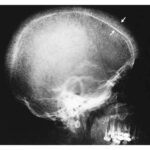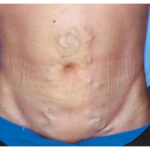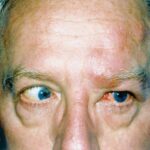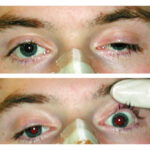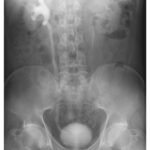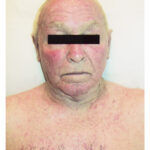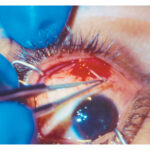A 34-year-old man presents with Dyspnea that worsens when supine. Explore the diagnostic workup for paradoxical breathing and diaphragmatic paralysis.

A 34-year-old man presented to the emergency department with a 10-day history of shortness of breath that worsened when he bent forward or laid supine and abated when he sat upright. His respiratory rate was 36 breath per minute, and his oxygen saturation was 98% when sitting upright and 88% when supine in room air. On physical examination, the lungs were clear and accessory inspiratory muscles were engaged. When the patient laid supine, the abdominal wall paradoxically moved inward during inspiration (left) and outward during expiration (right). Which of the following is not a test used to confirm the cause of the patient’s dyspnea?
